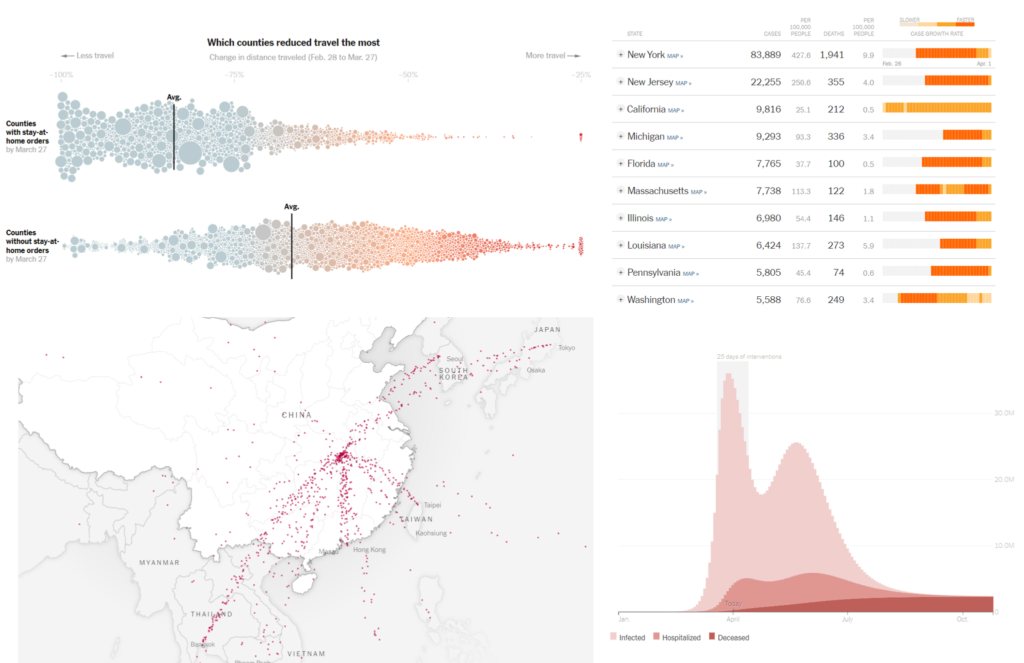Last week the New York Times published the opinion piece “Why I’m Learning More With Distance Learning Than I Do in School“, by Veronique Mintz, an 8th grade student from New York City. As the title suggests, Ms. Mintz not only enjoys the current distance learning model, but actually prefers it to being in school.
It’s a terrific essay that offers teachers plenty to think about, even if it isn’t a flattering portrayal of their work. Important questions about classroom management, collaborative learning, and instructional design are raised. At it’s heart the piece touches on a very complicated question: Where does a teacher focus their effort?
It’s a thoughtful and well-written piece, and Ms. Mintz deserves praise for it. But I don’t believe that her experience is anywhere near typical. Which led me to submit the following letter to the editor.
It’s wonderful that Ms. Mintz is finding success during emergency remote learning. Many of my students are also doing well. I’d even say some are thriving. What they and Ms. Mintz are doing isn’t easy, and it’s inspiring. And not just to us teachers.
But many students are missing the structure of school and the collaboration of the classroom. They miss the school leaders who greet them at the door with a smile. They miss the teachers who can read slumped shoulders and slight hesitations and say just the right thing to get them back on track. I hope Ms. Mintz understands that despite great efforts, many students are not finding the same kind of success she is. More importantly, I hope the readers of the New York Times understand that, too.
I appreciate a good opinion piece, but certain kinds of opinions on education are far more likely to make the pages of the NYT than others. As I mentioned on Twitter, these Op Eds always leave me with questions, and not just about education.
And like all NYT op eds on education this leaves me wondering “How does the NYT decide who gets to write op eds on education?”
— Patrick Honner (@MrHonner) May 6, 2020
Related Posts

